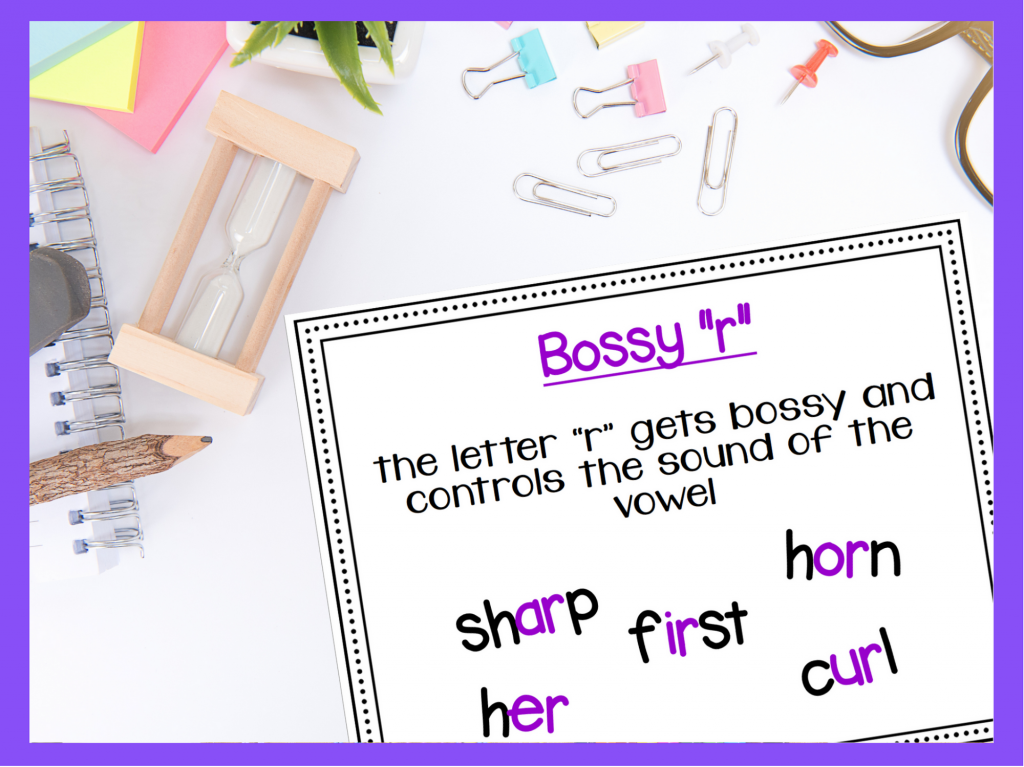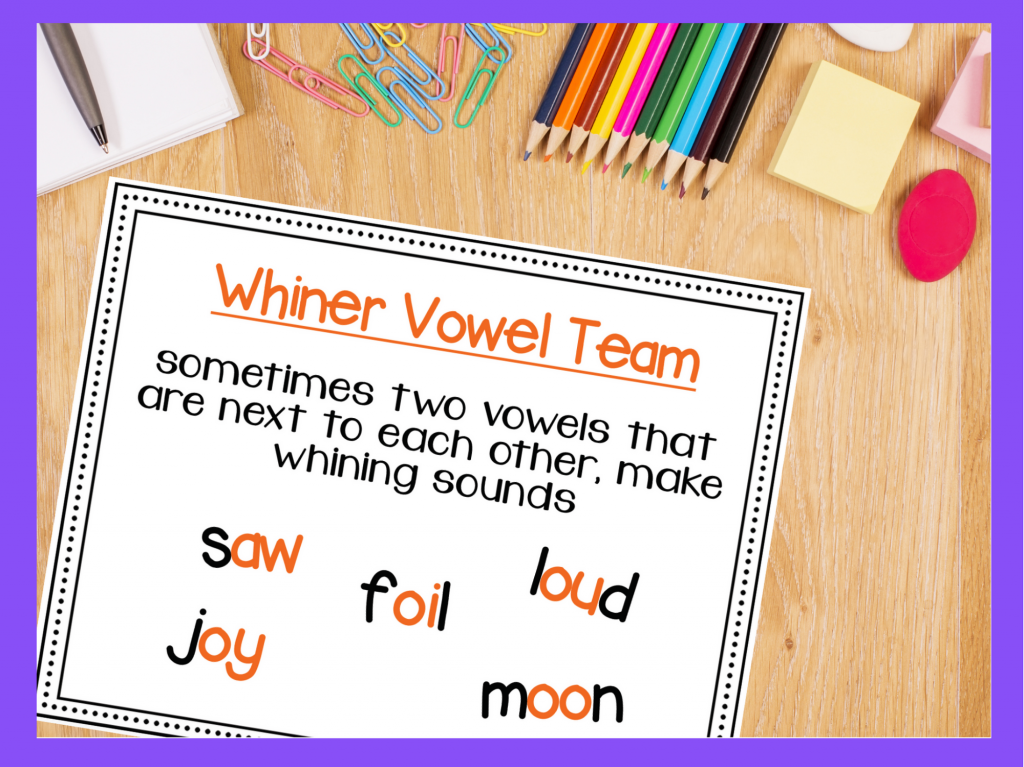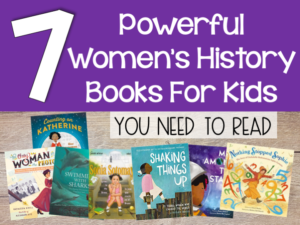Do you need a strategy to help kids with decoding multisyllabic words? Spot and Dot is a strategy for helping kids break apart multisyllabic words.
In order for kids to be successful, they need to know the common vowel patterns and be able to identify them.

Phonics Strategy for Multisyllabic Words
I teach 8 common vowel patterns that kids will encounter in their reading. I call them vowel patterns instead of vowels because some of them like “augh” also have consonants.
They need to know these vowel patterns in order to be able to read multisyllabic words. Especially when they start reading 3, 4 and 5 syllable words.
Decoding Multisyllabic Words Strategy
To help kids break apart multisyllabic words, I teach a strategy called Spot and Dot. We dot all of the vowel patterns we see. Then we break apart the word using those patterns as our guide.

First, place a dot over each vowel sound and connect the first two dots. Then, look at the letters between the dots. If there is one consonant, draw a line after the first vowel sound.
If there are two consonants, draw a line between the consonants. (Unless they make one sound like –ch.) If there are three consonants, break it apart where it makes the most sense.
Continue doing that for the rest of the dots. Then say each chunk until you are able to figure out the word!
Let’s use the word moisturize for example. First, they would find the vowel patterns -oi (whiner vowel pattern), -ur (bossy “r”), and -i in the word and place dots on top of them. They would then break apart the word using those vowel patterns.

This has been a very successful strategy with my own students. It is so awesome to see them “finally” get it and be able to break apart bigger words.
You can read more about reading intervention activities for multisyllabic words in this post. I hope you found this helpful and will try it out with your own students! I’ve created a guide to help you in teaching your students.





I am curious what would be the recommended timeframe to work with a student using this strategy.
Hi Shanon, do you mean how much each day or long-term? Practicing this strategy daily can be as little as 10 minutes but I wouldn’t go more than a half hour since kids can get restless. Long-term the strategy can be practiced until the child is able to read multisyllabic words fluently the majority of the time.